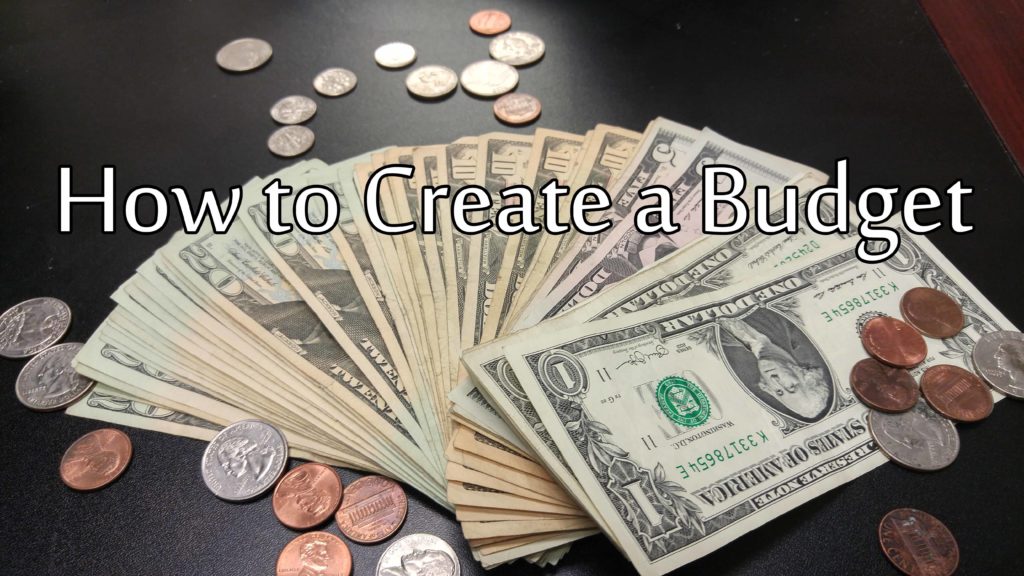Whether you’re trying to live under your means in order to save money or something, or you are having trouble making ends meet and staying out of debt, understanding where your money is going is the first step to taking control of your finances. And the easiest way to do that is to create a budget.
After college, when I moved into my first solo apartment, my father insisted on sitting down with me and making a budget with me. At the time, I thought it was a waste of time. I knew how much things cost, I argued, and I didn’t need to do things like plan bills a month ahead of time or balance my checkbook. And, of course, I was 100% wrong. So, Dad, if you’re reading this, you were totally right.
Anyway, as it turns out, creating a budget is nowhere near as hard as you think. Here’s how I do my budget:
Step 1 – List out static expenses
There are some bills, like your rent or a car payment, that are going to be the same amount every month. Write these down first. If any include change, round up to the nearest full number. It may help to use these budgeting categories.
Step 2 – List out irregular expenses
This is a little tricker. Think through your other bills and expenses (utilities, food, gas) and estimate how much you pay on average every month. Remember that it’s better to estimate a little high than a little low. If your utilities vary from $50 – $150, then estimate around $120. For food, sometimes it helps to figure out what you spend a week and then multiply from there. Be honest with yourself! Need more help? Check out this post on budgeting for irregular expenses.
Step 3 – Calculate your monthly income
Take a look at your last check and figure out about how much you are bringing in on an average month. This shouldn’t include bonuses, gifts, or other miscellaneous funds that you can’t rely on on a month-to-month basis. Unlike the expenses above, this needs to be the minimum you are going to bring home.
Step 4 – Do the math, and start adjusting
Subtract your expenses from your monthly income. You should have at least $100 – $200 left over after doing the math if you aren’t planning on saving anything and merely paying bills. This wiggle room is EXTREMELY important, as it will allow you to handle emergencies as they arise without having to dip into savings or use credit. And, if there is a month you don’t use it, you have that much extra saved! Consider anything over $200 savings money and set it aside each month.
If you’re in the negative, don’t worry! Take another look at your expenses and see where to cut your budget in order to get back in the positive. Remember that every little bit counts. Do you really need Netflix when you can rent a movie for $1? Can you knock down your cable plan a notch or remove it entirely? Can you carpool with a coworker to save on gas and car-related expenses? Play with this column and work on stretching your budget until you can pay everything. Aim to get it up to at least $50 over in order to avoid using credit, but $100 is better.
Step 5 – Make a payment plan
If you are still feeling a little iffy about your budget (or if you don’t make enough to pay your rent out of one check, for example) then you can also take your bills, figure out when they are due, and portion it out into however many checks you get a month. Don’t forget to leave yourself with money for food each week!
Generally speaking, if you are looking to live comfortably, your housing expense should be 1/4 of what you make a month. If you can’t pay your rent in a single paycheck, then it’s time to make some adjustments!
Have any questions about budgeting? Leave a comment below, and I’ll do my best to help!





